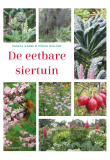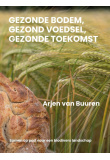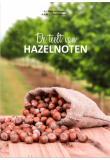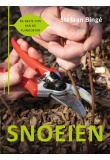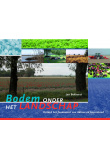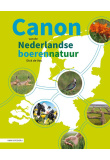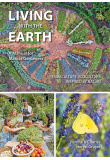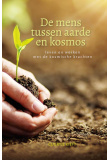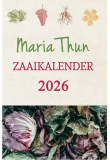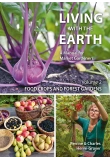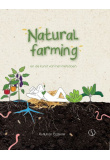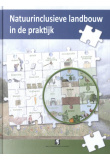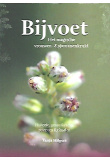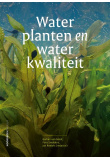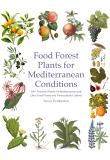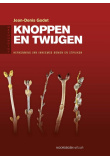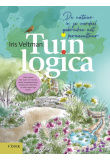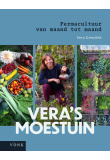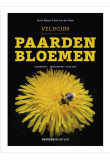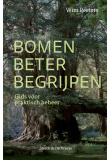Aanbevolen, actueel, nieuw of binnenkort verwacht
€ 26,99 per stuk
Of je bos lust: koken met planten uit het voedselbos
5 exemplaren in voorraad
Product details
€ 49,00 per stuk
Gezonde bodem, gezond voedsel, gezonde toekomst
3 exemplaren in voorraad
Product details
€ 33,95 per stuk
Voedselbos - Inspiratie voor ontwerp en beheer
1 product in voorraad
Product details
€ 41,45 per stuk
Living With The Earth: Volume 1 – Permaculture, Ecoculture: Inspired by Nature
Geen voorraad
Product details
€ 24,95 per stuk
Eetbare wilde planten, 200 soorten herkennen en gebruiken
2 exemplaren in voorraad
Product details
€ 18,90 per stuk
Permaculture Design - a step by step guide
4 exemplaren in voorraad
Product details
€ 49,85 per stuk
Living with the Earth: Volume 2 – Food Crops and Forest Gardens
Geen voorraad
Product details
€ 29,99 per stuk
Natural farming en de kunst van het nietsdoen
3 exemplaren in voorraad
Product details
€ 17,95 per stuk
Van zaaien tot oogsten - praktijkgids voor de moestuin
3 exemplaren in voorraad
Product details
€ 22,00 per stuk
Bijvoet, het magische vrouwen- en sjamanenkruid
4 exemplaren in voorraad
Product details
€ 32,50 per stuk
Vera’s moestuin - Permacultuur van maand tot maand
2 exemplaren in voorraad
Product details


